The Samsung SmartTag 2 is a Bluetooth locator tag that is for use by Samsung Galaxy smartphone owners only. It also has the potential to find your tag outside the Bluetooth range. It is like Apple’s AirTag and iPhone-only use.
Smart Tags have been around for some time. TILE was one of the first, although Apple claims it invented the category .
Simply put, a smartphone can find a tag within the Bluetooth range (in theory, up to 120 metres). If the tag is outside that range, a smartphone app can access a potential global network of smartphones to find a tag. But that is the kicker. While Apple may claim excellent global coverage (we question that too), realistically, how many Tile or Samsung users are within Cooee of your lost tag? It makes Lotto odds look attractive.
And that may be Samsung’s Achilles heel. SmartTag2 only works on late-model Samsung Galaxy smartphones with BT 5.3 and a fully installed and active SmartThing App. It works better if the phone has UWB (Ultra-wide-band) enabled.
So don’t believe the hype that someone found a tag/bag in Paris or lower Whoop-Whoop. In our experience, the stars don’t align all that often.
Google is working on a universal Android brand/model agnostic system using its Bluetooth fast-pair and, optionally, UWB if you have it. As at least 70% of the world uses Android, we must hope the Google solution is not far away. The question is, will Samsung support that too?
Australian Review: Samsung SmartTag2 Model EI-T5600
| Website | Product Page Manual | ||
| RRP 9/01/23 | $55 each or $165 for a four-pack – black or white (two each in a four-pack) Silicone Case $39 each (Black, White, Blue, Lavender, Mint) Rugged Case $29 (Black, Green, Grey) Bicycle case $25 (black) | ||
| From* | Samsung online and Samsung-approved retailers | ||
| Warranty | 12-months ACL | ||
| More | CyberShack Samsung News and Reviews | ||
We use Fail (below expectations), Pass (meets expectations) and Exceed (surpasses expectations or is the class leader) against many of the items below. We occasionally give a Pass(able) rating that is not as good as it should be and a Pass ‘+’ rating to show it is good but does not quite make it to Exceed. You can click on most images for an enlargement.
First Impression – Pass+
Samsung quality, IP67 water/dust resistant (1m x 30 minutes but not covered by warranty), in a 28.8 x 52.44 x 8.0 mm x 13.75g case.
I was surprised at the thickness, although it is not out of place for a CR2032 battery device. The coin battery is removable and complies with child safety practices. It is not thin enough for your wallet, coin purse, etc., and you need to attach it via the 20mm hole or a keyring case.
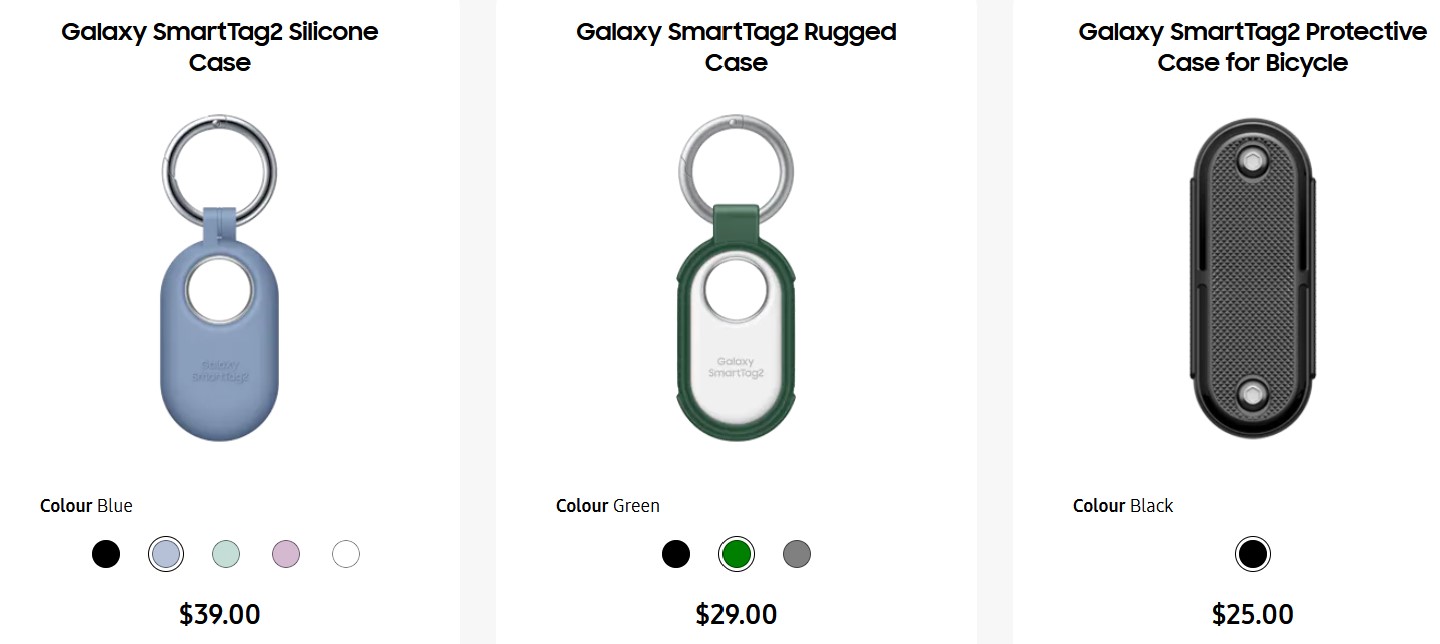
How does it work?
Inside is an ATM33 series System-on-a-Chip with Bluetooth 5.3 LE, an ARM Cortex M33F processor, 128KB RAM, 64KB ROM, 512KB non-volatile memory, ARM Trust Zone security, and integrated power management. In addition is a flat transducer (speaker), BT antenna, and battery. There is an amateur teardown video at the end of this review.
The tag’s Bluetooth 5.3 LE (low energy) connects to a recent Samsung Galaxy smartphones via an installed and active Samsung SmartThings App. The App uses Bluetooth signal strength to locate the tag – it is not GPS powered.
SmartThings App – messy – Pass
Samsung SmartThings controls all Samsung Smart ecosystem devices. The average user will unquestioningly accept the terms and conditions of use and privacy statement in the App, as you cannot use this product without that.
CyberShack calls on all manufacturers to place these terms on the product website so potential buyers can read them before deciding to buy. Your willingness to sign away masses of private data is then your informed decision.
Let’s just say that Samsung has nine separate sets of terms and conditions to use the Tags, not counting those to use a Samsung Galaxy Smartphone or be part of its Ecosystem. Mozilla Foundation has an interesting overview of this.
To expect a buyer to read and understand multiple interlinked and overlaid policies and tens of thousands of words is a long shot. But privacy-conscious buyers should seriously consider reading the policies. I suspect that once you see their extent, you may question why a SmartTag2 needs so much access to your information.
PS – we expect Apple is equally nosy!
App features
- Lost Mode: Provide contact details that display on a ‘finders’ phone when a lost tag is detected.
- Compass View: UWB Galaxy smartphones only provide directional arrows pointing towards the SmartTag2 when in range.
- SmartThings Find App: A full-screen map view and user-friendly interface.
- Automatic Re-sync: Automatically re-syncs to a new Galaxy smartphone via your Samsung account.
- Remote control: For Samsung smart home appliances. The button can perform one device action.
You can also use the SmartTag2 button to find your phone. The button can also be mapped to one other SmartThings-supported function. Or it can advise you if your phone is out of range of a tag.

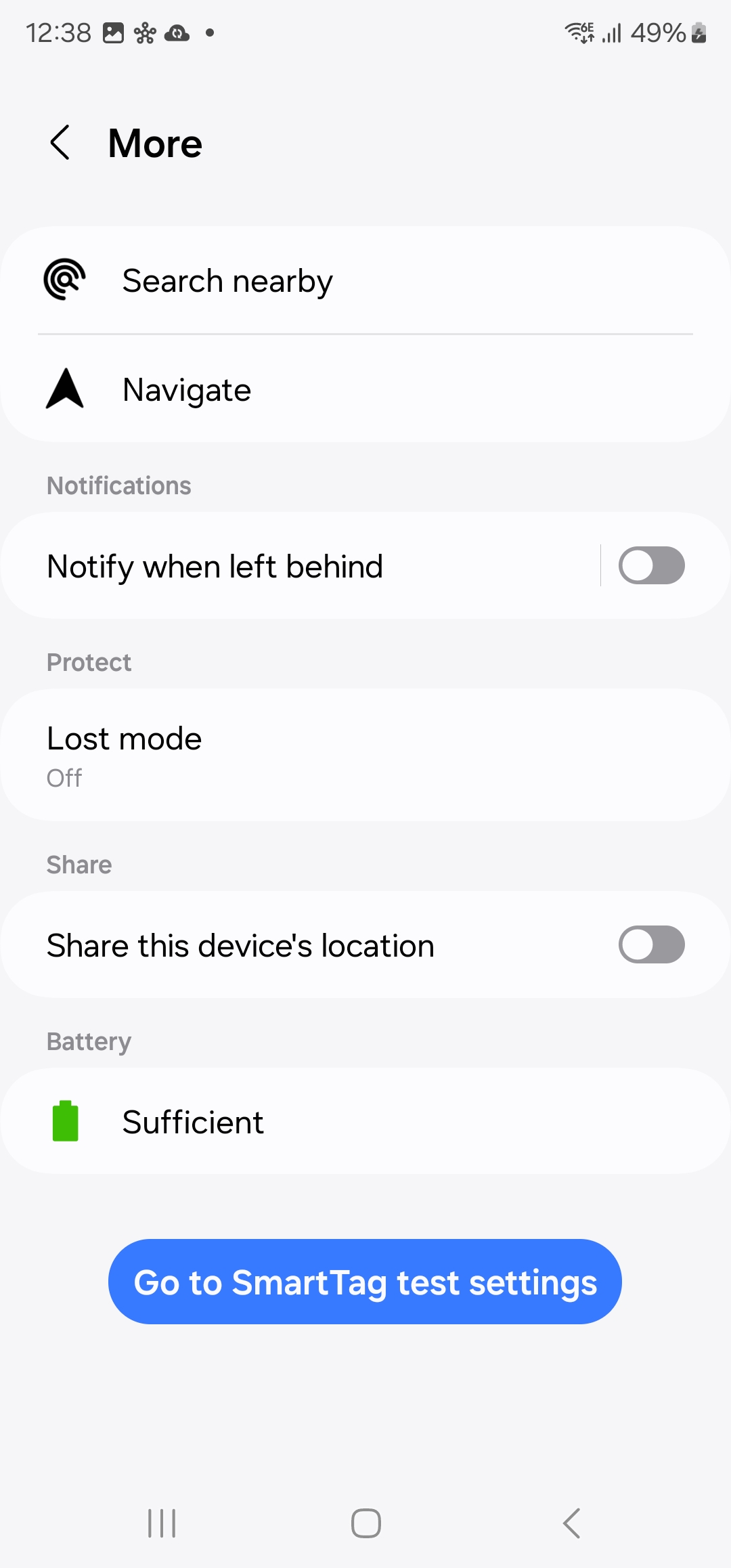
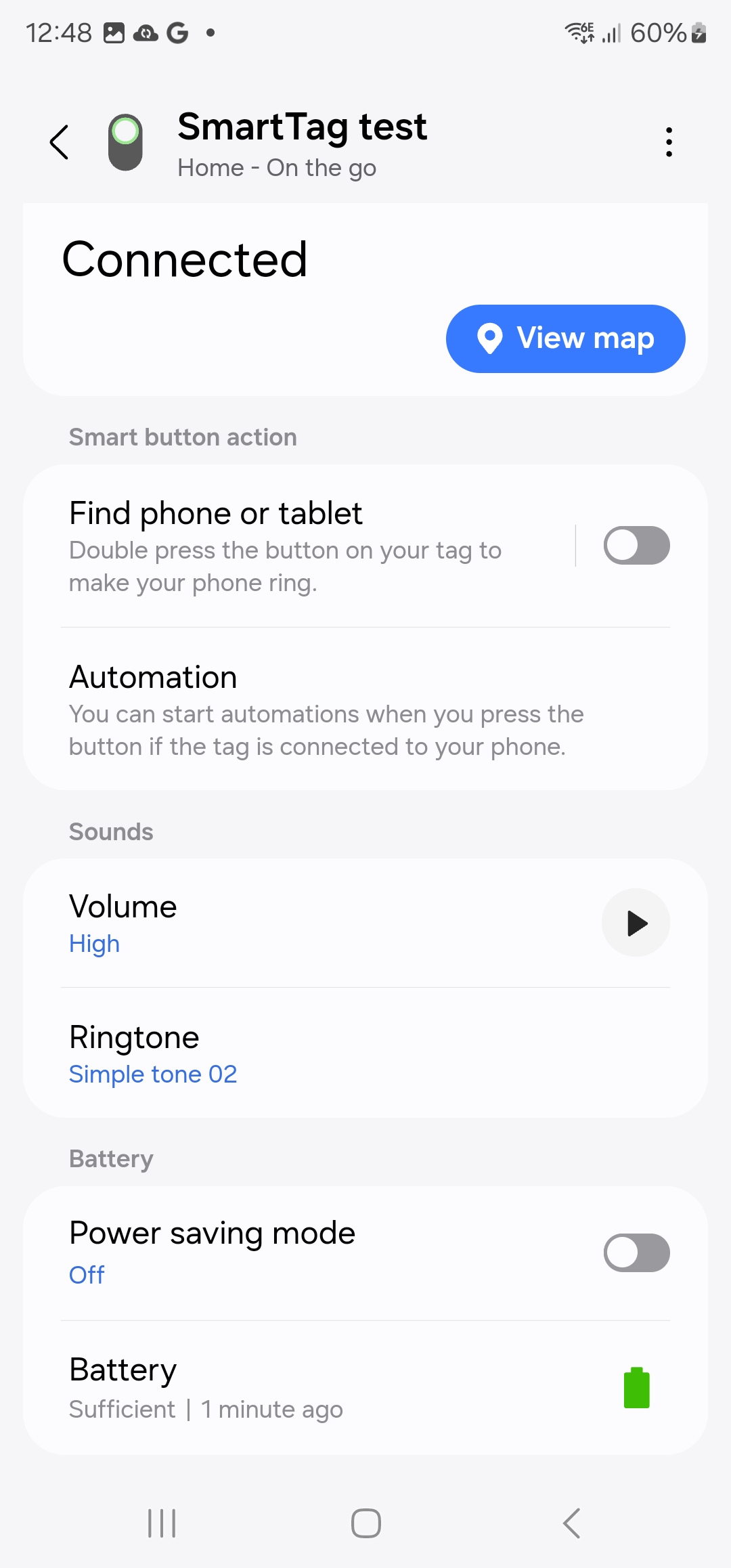

Samsung SmartTag2 tests
Our original headline was ‘Seek, and ye shall find’. It has been altered after testing to ‘may find’.
Bluetooth Find – in range of your Galaxy Smartphone – Pass+
Bluetooth has a theoretical maximum transmission range of 120 meters, and its low frequency means it is pretty good at transmitting through suitcases, walls, etc. Our 25 tests show that the reliable distance (not line-of-sight) is closer to half that. Occasionally, we could locate a device at 90 metres (line-of-sight). This finding is similar to TILE tag results.
We felt the speaker volume (75dB at the device) was a little low, but the App gives other tools to help locate it. If you have an Ultra-wide-band smartphone, you can use the smartphone camera to help you hone in on it.
SmartThings Find tracking network – Passable
In theory, anyone with a recent Samsung Galaxy Smartphone, SmartThings App installed and activated, and within Bluetooth range of the SmartTag2 can ‘anonymously’ see it. If the tag has been set as ‘lost’, they should receive a notification, as should the SmartTag owner.
The nice thing about this is that it maps location and can show where it was lost and often where it has been spotted since. It also means you can identify if other Samsung SmartTag2 devices are tracking you.
We tested in two locations over four weeks.
First, at the beautiful Central Coast Ettalong Beach, leaving the tag with a friendly café operator. Over four weeks, we did not hear a peep. We can only put that down to the masses of Christmas holidaymakers using iPhones or not having the SmartThings App active on their recent Galaxy devices.
Second, at a near Sydney CDB apartment. We got four notifications over the four weeks. We used the app to advise that it was a CyberShack.com.au test and not to respond. To be fair, a 100-apartment, four-story block is probably not the best test environment.
Pet test – Passable
It has a 20mm circular hole to attach to a collar, but most will buy a silicon cover and keyring. This easily attaches to pet collars, but our test dog had a few issues. First, it swings (under the collar), and while ‘annoy’ is too strong a term, DOG tried to bite and chew it. He also reacted to the beeps.
It was little use to us as we walk DOG on a leash and have a secure area at home. Where DOG can go off-leash, he remains close to us. You cannot set the tag to ‘Lost’ if it is within Bluetooth range.
Deleting a pairing (in case of re-gifting or returning for a credit)
The devices do not appear in Bluetooth connections – only the SmartThing App. You can delete the device for re-gifting.
Power use – contentious
A replaceable CR2032 lithium coin battery powers it. These cost about $2.00 each at Woolworths or Coles or online in bulk at eBay for less than 50 cents each.
Samsung claims up to 500 days (12,000 hours) of life (700 days in low-power mode). Life, of course, depends on ambient temperature, the number of times it is ‘polled’, if UWB is enabled, speaker use and Bluetooth overheads. So, let’s not argue with Samsung’s theoretical battery life.
After four weeks of testing, Ettalong and Sydney devices still showed a ‘sufficient’ battery in the App, but what does that mean? According to Samsung, that is from 16-100%, which is not an accurate, sorry, sufficient measurement to plan on.
We verified battery use using a multimeter and a battery percentage tester. Ettalong used 34% and Sydney 61% over four weeks (672 hours), confirming that life depends on activations. The App should show the percentage remaining.
The Pet test battery lasted about 441 hours (18 days).
Unreliable battery life is the most common web complaint.
CyberShack’s view – Samsung SmartTag2 is not a sure-fire way to find something.
This comes back to the Samsung ecosystem – is it ‘deep’ enough to be of full use to you? The lost function should work well in, say, Asia, where the population is condensed into small areas. In spread-out lands like Australia, we are not so sure.
And that brings us back to marketing. Apple AirTags, TILE, Samsung SmartTag2 and more all give us the impression that they can find lost items in or out of range – the panacea. The reality is that no guarantees are given, although it seems effective within the Bluetooth range.
We think the current Bluetooth tags have limited use and are all facing potential annihilation from Google’s proposed Find system or Apple doing something disruptive like allowing AirTags to work with Android. And frankly, you will see more action shortly in the GPS and satellite world. LEO satellite providers have stated GPS and low-cost Argos tags could support widespread location tracking free from the vagaries of Bluetooth and ecosystem tracking.
We will continue to test and update the review if necessary.
Rating
As we have no current benchmarks for TILE or AirTags, we will not rate Samsung SmartTag2. We will say that it is effective for in-Bluetooth range but we cannot verify the out-of-Bluetooth range ecosystems efficacy.
- Features: Same as other brands – Bluetooth and reliance on an ecosystem for out-of-range tracking
- Value: Given that the chip used in SmartTag2 only costs a few dollars, there is a vast potential for lower-cost open ecosystem alternatives. And you can only use it with recent Samsung smartphones.
- Performance: Dozens of replicable tests show that effective BT 5.3 distances are closer to 60 metres and no more than 90 metres line-of-sight. Performance outside that range depends on the depth of the Samsung ecosystem with a late-model Galaxy smartphone and SmartThings installed and activated.
- Ease of Use: Simple to use, but the reams of privacy agreements and terms make this more complicated than it should be. Privacy and Terms should be limited to the absolute minimum for the SmaetTag2 to do its job – not be the data harvester that it is.
- Design: Nothing wrong, but nothing outstanding with the design.
Pro
Reasonably effective in Bluetooth range location tag
Con
Battery life is way to variable to claim 500 to 700 days use.
The depth of Samsung’s lost tag ecosystem is yet to be proven
Google’s global Android-wide ‘Find My’ ecosystem may soon supersede it
SmartThings terms and conditions are way too onerous to read and understand
Requires a Samsung Galaxy device, SmartThings installed and active



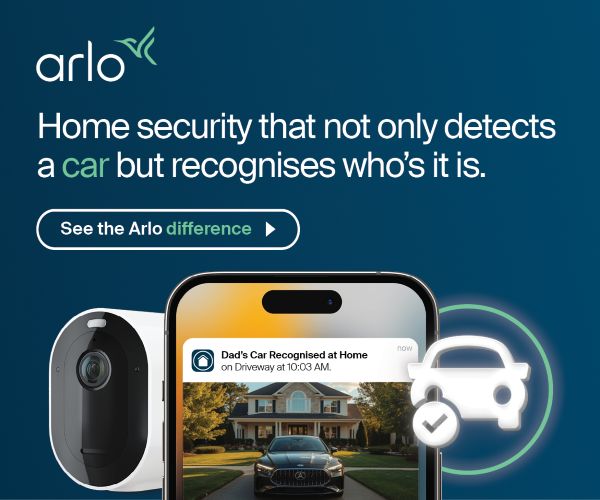





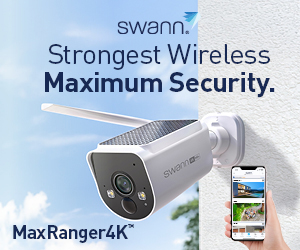


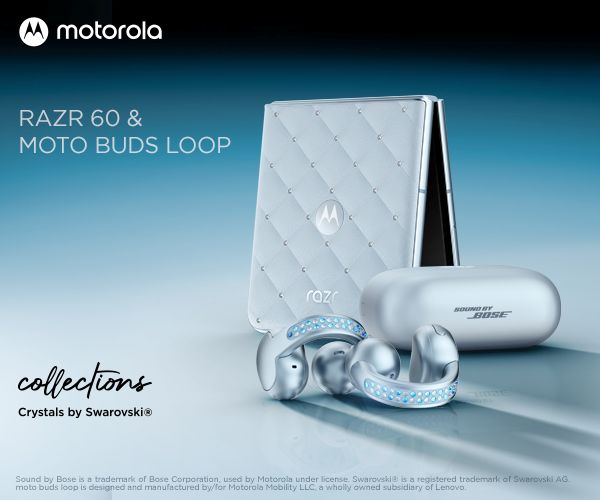
4 comments
Fred field
Hi Charlie,can you recommend a tag for children ,my grand child has autism, thank you
Ray Shaw
The Samsung Smart Tag is a Bluetooth tag and relies on other Samsung owners phones to locate the tag when its out of range. Its not really for people user. You really need a GPS tag (not Bluetooth) – search Google for ‘GPS tags for elderly’. https://nuttag.com.au/products/seek-pro-gps-for-elderly
Geoff Jamieson
This review does not match my experience at all. I’ve had two of these, although the previous version, for about 2 years. On one occasion, it allowed us to locate our luggage at Honolulu airport after the baggage handlers stopped unloading and said it wasn’t on the plane. I included one in a package sent from Melbourne to Suffolk, VA, and it performed brilliantly, and also on the way back.
I believe the report is incorrect in saying that the tag can only be detected when near a Samsung phone with the app active. The tag is detected by the base Samsung version of Android, no need to have the Smartag App in the phones in the field.
Ray Shaw
The review was fact-checked by Samsung PR. I will follow up with Samsung directly. The test results are accurate.